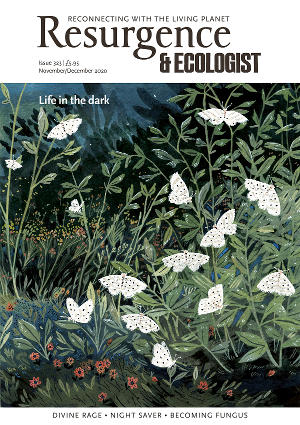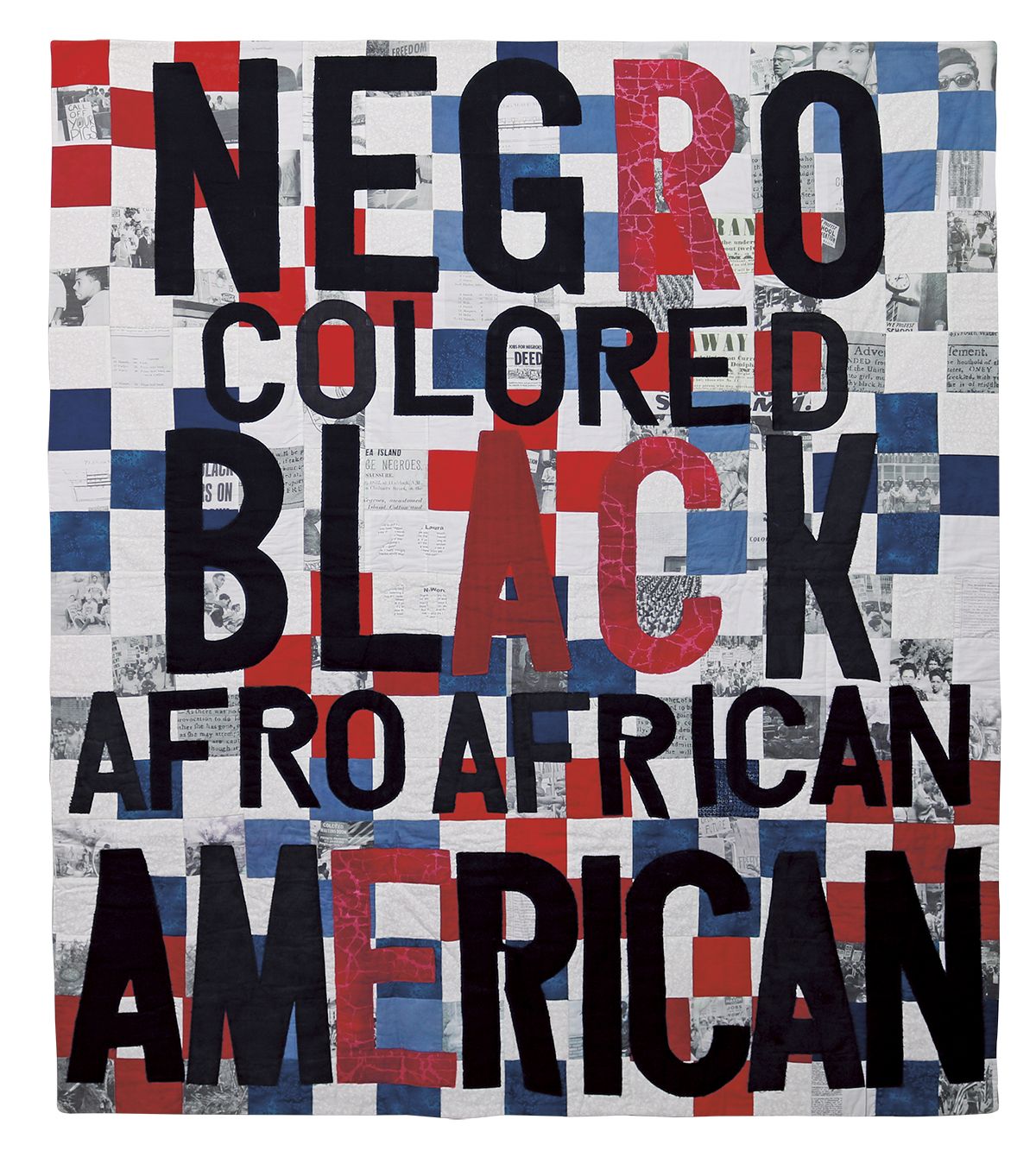Mama! Mama!” There is nothing more powerful to mobilise a collective of women than the cries of their children. Such cries serve to herald a call to arms for such a time as this. George Floyd’s dying words ignited this call on behalf of every child who has suffered and succumbed to the evil trinity of brutality, inequity and racism in America. A mother’s first instincts are to protect, to comfort, and to teach. These are her counter-trinity tools. Historically, quilting has long been deployed as the mother-art evoking those tools as a maternal response to a child’s cry for protection and comfort, and to their need for learning.
I am an African American woman born in the Jim Crow segregated south, and I continue to survive the psychological and physical violence of white supremacy. I grew up seeing African Americans treated poorly by whites, killed by whites, and denied access to proper housing, education and health care. Racism in America is on the rise, and it’s ‘open season’ on Black folks.
I cried for days after seeing the video of Floyd’s murder. Floyd’s cry to his mama for help mirrors a symbolic guttural cry for help from the belly of our nation. African Americans are crying out for fairness, justice, equality, and for protection from brutal police. In response to that cry, and to help educate the public on brutality, inequities and racism in America, I was inspired to curate We Are the Story, a series of quilt exhibitions on racism and police brutality. The exhibits will take place at various venues in Minneapolis, the city of Floyd’s murder. As an artist and curator, I firmly believe art has the capacity to touch the spirit, engage, educate and heal in ways that words alone cannot.
Why use quilts to tell this story of issues of race in America? Because quilting is one of America’s most powerful art forms, with its widespread appeal and its association with comfort, warmth and healing. Quilts and quilt making are especially important to African American culture, because the art form was historically one of the few mediums accessible to marginalised groups to tell their own story, to provide warmth for their families, and to empower them with a voice. Through cloth, people can relate to history visually (story quilts), as opposed to reading about history, in ways that reach our hearts. We as human beings have a cradle-to-grave affair with cloth. Cloth is the first thing we are swathed in upon birth, and the last thing that touches the body upon our death. Most people are familiar with cloth. Telling a story, regardless of the subject, seems more palatable in cloth form.
The quilts as visual media pose an alternative and non-threatening approach to topics of social issues, about people and events that are embedded in the American memory as sensitive cultural parameters of race, class and gender. The artwork prompts a dialogue between the artist/interpreter and the viewer, challenging existing notions and posing questions that serve to move the discussion of racial reconciliation forward into the next generation of problem-solvers.
Art matters. I cannot be silent. Each exhibited quilt indispensably enriches us all, has potential to advance the conversation on racism and equality in the United States, and works toward shaping human potential. Does the viewer ‘get it’? Viewers are mesmerised by the beauty, the ingenuity, and the stories the quilts convey. I have actually seen viewers walk away in tears. I have received letters from viewers profoundly touched by the quilts, vowing to educate themselves on African American history and culture. People must hear our stories, feel and understand our pain. I will not be protesting in the streets; however, I will let the artwork do the talking.
We Are the Story is presented by Textile Center and Women of Color Quilters Network (WCQN) until 12 June 2021. textilecentermn.org/wearethestory







